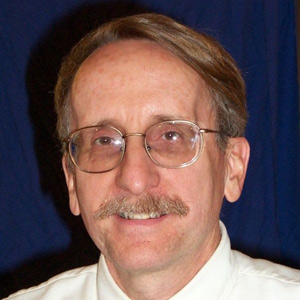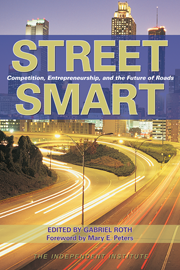With world crude oil prices hovering near $100 per barrel and cost at the gas pump exceeding $3 per gallon, all the ingredients would seem to be in place for dramatic changes in our daily commuting patterns, with millions of Americans shifting from private cars to public transit.
That’s the way markets are supposed to work: Higher prices encourage consumers to seek less-costly alternatives.
In fact, even before oil prices reached their current record levels, many were suggesting that the government push consumer costs higher by increasing gas taxes. The assumption is that higher prices would result in less gas being used.
However, the American people—known for their fierce independence as well as their common-sense frugality—don’t always act the way academic theorists and computer models (even free-market computer models) say they should.
Indeed, the dramatic rise in gasoline prices over the past several years seems to have had almost no impact on U.S. driving habits.
The National Automobile Dealers Association, for example, reports that sales of larger vehicles are still robust. In 2006, nearly a million more Americans bought light trucks than bought automobiles—for the sixth year in a row.
Inflation-adjusted gasoline prices more than doubled during the 1995-2005 period. In theory, an increase of this magnitude should have driven many Americans to alternate modes of transportation. Instead, auto travel increased 23 percent. This was twice as fast as the 11 percent population growth.
As for the notion that rising fuel costs would inspire people to use public transportation, the data do not support this theory, either. While gasoline prices were doubling, public transportation ridership increased by only 7 percent.
Why are Americans continuing to forgo public transportation? There are several reasons:
- Americans like the freedom to come and go as they please, on their own schedules.
- Americans also value their time. Public transportation is slow compared with auto travel. The typical trip takes twice as long as driving a car.
- Many Americans—even those with limited budgets—are making a conscious choice: They’re willing to pay extra for the convenience and time savings associated with autos. They can cut back elsewhere.
The hope that rising gasoline prices or increased gasoline taxes will substantially increase public transportation use is unrealistic. Far from being disparaged as an “energy waster,” the automobile should be hailed for its ability to save our most precious resource: time.








